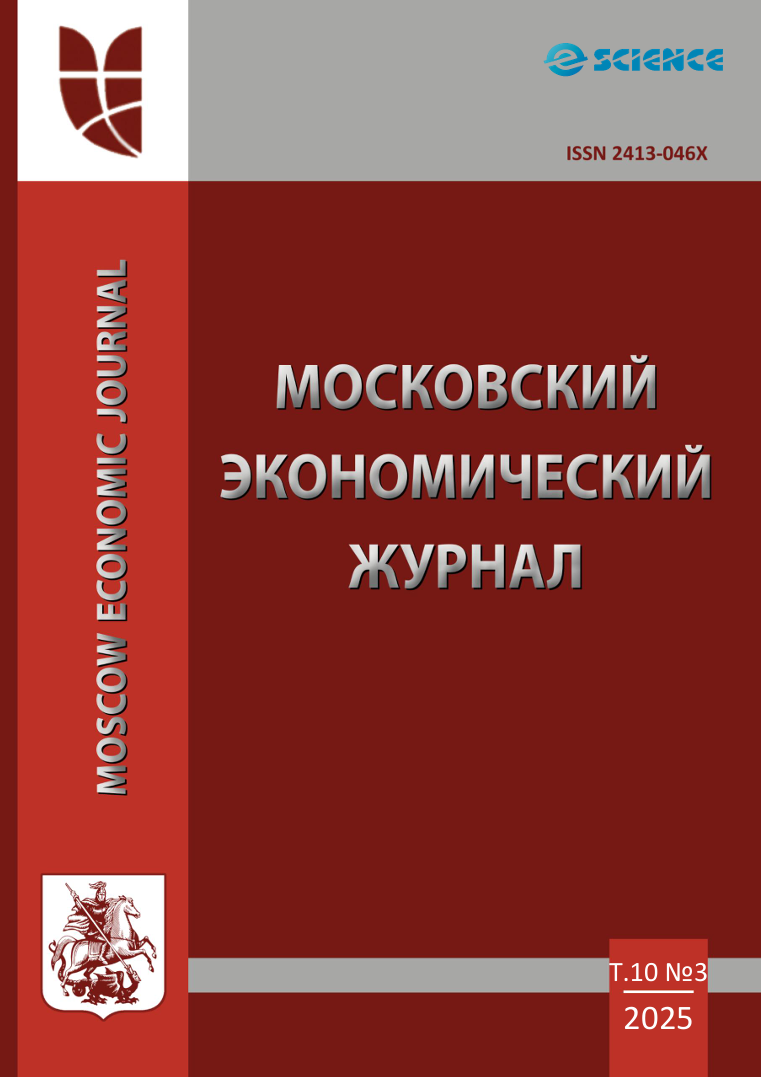UDC 338.43
UDC 332.14
The research paper presents the results of studying the real dynamics of the functioning of the most systemically important branch of animal husbandry-dairy cattle breeding. It indicates the shortcomings that are characteristic of modern industry management and ways to eliminate them. Among the shortcomings, the following types are noted: the lack of industry in many agricultural organizations, farms of the population, a steady decline in the number of cows, the period of productive use of cows, a high percentage of culling of broodstock, a high price of repair young animals, the procedure for poorly documented subsidization of dairy cattle breeding. The main disadvantage of the industry is that it has not solved the doctrinal tasks. From our point of view, the disadvantages can be attributed to the statement of some experts who consider the state of the industry to be stable and balanced. The authors took into account the shortcomings when making a forecast for the further development of the industry, which was based on an extensive-intensive method, which provides for the growth of quantitative factors and an increase in quality resources. When calculating the number of cows in the future, the principle was applied, which assumes that the rate of recovery of herd size is inversely proportional to the rate of cows leaving the herd. The size of cow productivity was determined by the inertia method. Thus, quantitative and qualitative characteristics of the main factors influencing the gross milk yield were found, which will make it possible to realize the goal set for 2030-full self-sufficiency of the country with milk. According to the forecast, the herd of cows will increase by 800 thousand heads, the average annual growth will be 160 thousand heads, this is based on the region-1777 cows. Dairy productivity of cows will increase by 773 kg and reach the level of 4811 kg. As a result of these changes, the volume of cow's milk production will increase to 48 million tons, which is 14.6 million tons more than in 2024. And taking into account the consumption of cow's milk for washing calves (1 million tons) and milk produced in other livestock sectors (1 million tons), the volume of consumption per person per year will reach 314 kg. This is 96.6% of the total self-sufficiency of the Russian population in milk. Concluding this point of the article, it is impossible not to note the huge role of the breed structure of the herd of cows, which indicates the right path to increase productivity, production volume and the level of self-sufficiency in milk in Russia. But this is a topic for a future article.
Russia, milk production, extensive-intensive forecasting method, first Russian five-year plan, self-sufficiency of the population in milk
1. Spravochnik proizvodstva moloka.-M.: Agropromizdat, 1985.-S.5.
2. Kossov V.V. Prodovol'stvennaya programma.- M.: Znanie, 1982.- S.5.
3. URL: https://Zavody.RF/publication/zhivotnovodstvo-v-rossii:text=rentabel'nost'-29.06.2020
4. URL: https://rosstat.gov.ru 2020,2022,2023
5. URL: https://milknews.ru
6. URL: https://souzmoloko.ru
7. Kartashova V. Rossiya-v chisle veduschih proizvoditeley moloka.- URL: https://specago.ru /news/202310/rossiya-v-chisle-vedushikh-proizvoditey-moloka
8. Bakulina M., Skvorcova M. Prognozirovanie metodom scenariev //Ekonomika i socium, 2012.-№5.-S.51-54.
9. Kitaev Yu.A., Ternovyh K.S. Scenariy prognoz razvitiya molochnogo skotovodstva v CChR //Moskovskiy ekonomicheskiy zhurnal,2021.-T.6.-№9.-S.1768-178. doi:https://doi.org/10.24412/2413-046H-2021-10535











